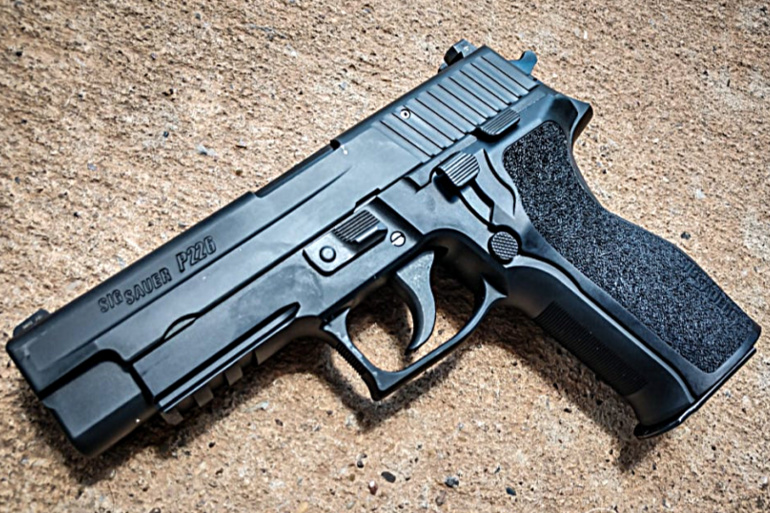
Sometimes, you have to go back to the classics—or at least the OG. The SIG SAUER P226 is one of the original guns that started it all, and it’s still a great pistol in its own right. Sure, it’s been reimagined and enhanced quite a few times over the years, but the original standard model P226 is still worth having. It’s not identical to the newer models, either. The design varies, features are different, and the various models will feel different in your hands. Here’s why we think you should go ahead and add the basic P226 to your collection.
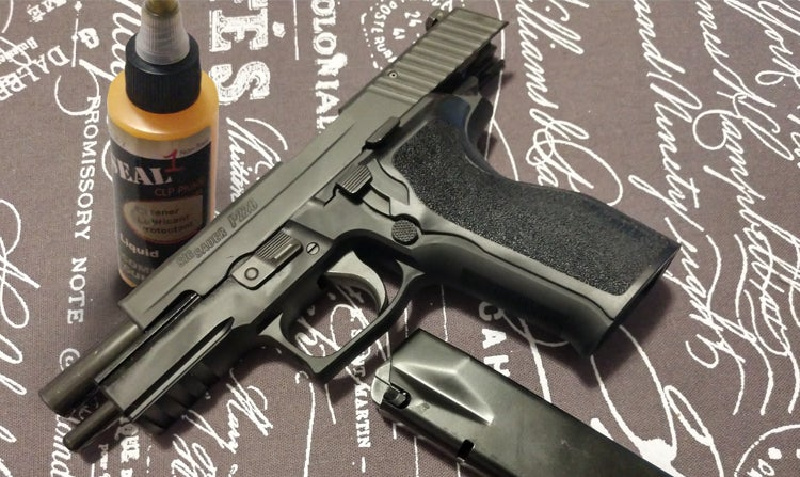
What is the SIG SAUER P226?
The SIG SAUER P226 was designed in 1980—yes, it has more than four decades of use behind it. It available today in four calibers—9x19mm Parabellum, 40 Smith & Wesson, 357 SIG, and 22 LR—and has variants that have been used by the Navy SEALs. Other variants have been used by a variety of law enforcement agencies and still others get use from competition shooters. And none of those would exist were it not for the original P226.
This gun was originally created for the XM9 Service Pistol Trials that took place in the 1980s. That and the importation of the P226 are a big part of what brought the gun maker into the United States as SIGARMS (which would become SIG SAUER). No, SIG didn’t win that competition—that honor went to Beretta. But the P226 almost made it and was the other top choice that the military felt met its needs—aside from cost, which rumors say are why the cheaper Beretta won. But no matter, because the P226 ended up kicking off decades of awesome handguns for SIG.
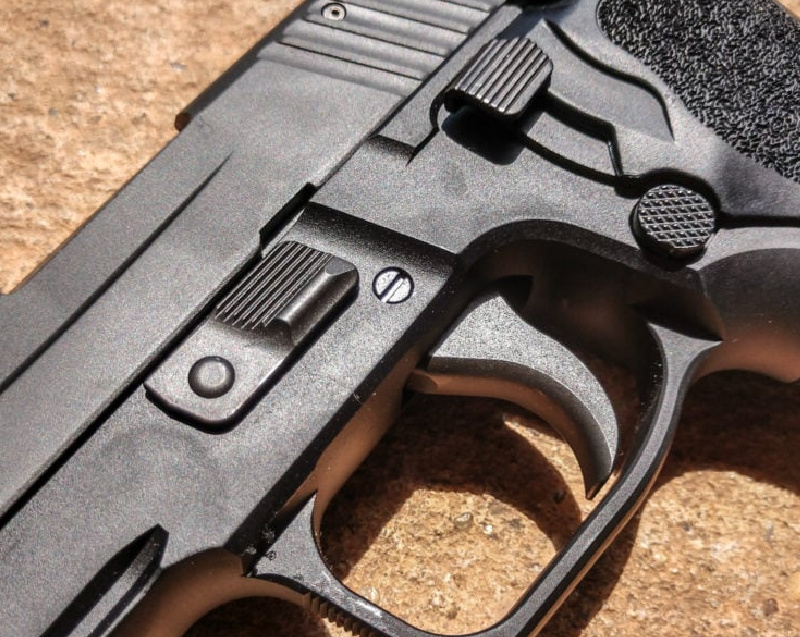
What are the specifications of the SIG SAUER P226?
The P226 is a full-sized handgun, and that doesn’t mean you can’t conceal it (it does make concealed carry more of a challenge). It has a 4.4-inch barrel made from carbon steel that’s designed for fantastic longevity. The gun’s frame is alloy steel that’s been hard coat anodized for resistance to use-related wear. Its overall length is 7.7-inches, overall width is 1.5-inches, and height is 5.5-inches. It weighs 34 ounces empty, a decent weight for a steel-frame, full-size handgun.
Angled serrations are located at the back of the slide. This is a hammer-fired gun, and SIG did go ahead and make the hammer ridged to help your fingers find purchase during manipulations. The gun is available with either a Picatinny/M1913 or a SIG accessory rail in front of the trigger guard (personally, I prefer Picatinny). That’s great for whatever aftermarket accessories you prefer. This isn’t an optics-ready pistol—that option didn’t start showing up until well after its design—and it ships with no-frills SIGLITE iron sights.
Other features of the original SIG P226 include a standard curved trigger, textured E2 style grip, and a squared-off trigger guard. It ships with two 10-round magazines, meaning yes, this gun does have a 10 +1 capacity. It’s a double-action/single-action gun and does have a decocker.
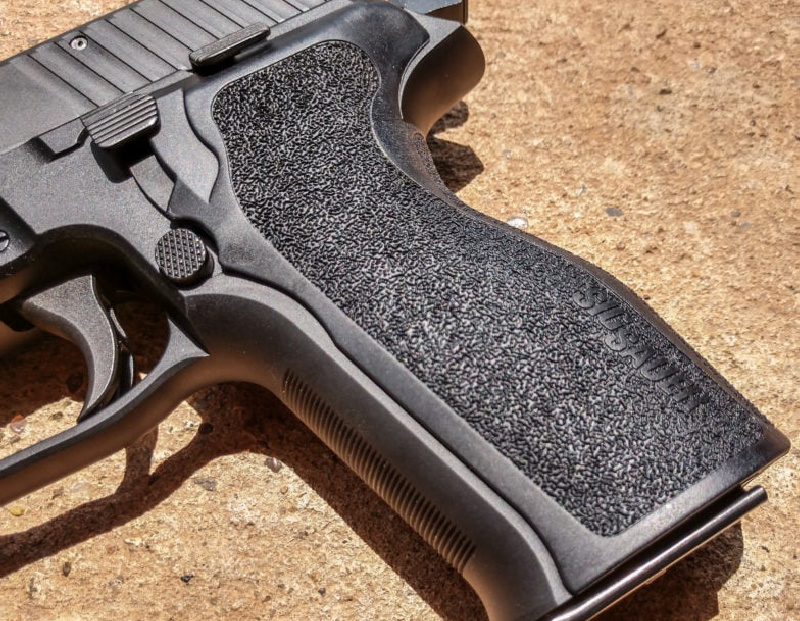
How does the SIG SAUER P226 shoot?
Although lots of ammo has gone through this pistol, for this review we used a few specific loads. That included Hornady American Gunner 9mm 115 grain XTP, Fiocchi 9mm 124 grain FMJ, and Federal Premium Personal Defense 9mm 147 grain JHP. Over the years the gun has had an occasional failure to feed, something that typically happens lighter weight loads—specifically, frangibles. During the review, it cycled reliably.
One of the things that’s different about this original P226 is the grip shape. The palmswell is bigger and more dramatic, angling back abruptly to fill your hand. This can lead to some mixed results based on hand size, but it’s mostly fine. Aggressive texturing helps you keep ahold of the grip during live fire, even with wet or sweaty hands. Controls can be operated without significantly adjusting my grip, and that’s always a good thing.
At 10 yards from the bench, the P226 creates one-hole, five-shot groups. Once you move out to 25 yards, groups broaden to about three inches for five shots—and that’s from the bench. If you shoot offhand, groups are closer to 5.0-inches at 25 yards. It’s an accurate gun but not a precise gun, meaning groups could be smaller, but it’s still good for defensive purposes. It’s true that groups are better with most of the newer P226 variants that have been fine-tuned for accuracy, but that doesn’t meant the P226 isn’t a good gun (because it is).
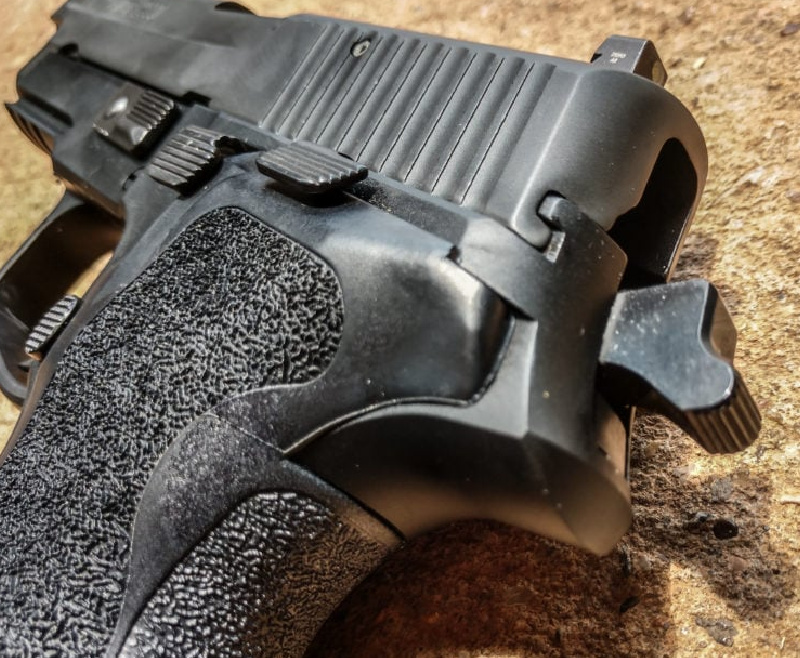
Felt recoil is negligible. That’s due partly to the design and also to the gun’s weight—both do a lot to soften recoil and reduce muzzle rise. Same goes for its 40 Smith & Wesson chambering, in fact, if you’re curious. (Try to remember that the 40 Smith & Wesson used to a thing).
Like any gun, the P226 prefers to be well lubed rather than dry. That’s not odd at all although it does seem to require lube with greater frequency than some models. It’s not a big deal to keep your handgun lubed, though.
Should you get a SIG SAUER P226?
The standard P226 is a nice gun to have around. Not only is it the original but it’s flat-out a quality pistol. It’s rugged, durable, and cycles consistently (as long as you avoid frangibles). This is one of those guns you get because it’s a bit of a classic, it’s well-made, and you want it just because. Don’t let the fact that it isn’t as pretty or fancy as the newer variants dissuade you from getting one. Sometimes, simple is better. Check out the original SIG P226. You never know what gun will be perfect for you.


I am a SIG fan, but not a fanboy! I own a P220 45 Electroless two tone, as well as a P6 ; Their later P250 could have been the future, but No. I really like the P250, it is drop proof and with a good flat trigger it is outstanding. I have them in 45, 9, 357SIG and .22LR. I have a P365, it is nice and thin has a great trigger but I do not carry it often; I also have a P320 compact in 45 Auto, it is Mass compliant and I don’t live there!
I have many guns, last count was 287, many different brands and types, rifles-shotguns-handguns, among them are Sig’s pistols and a couple of Sig rifles. I have a couple of P226’s, its a nice gun and I like it.
For ~20 years for EDC I carried a Glock model 22 .40 S&W, concealed (and sometimes open carry depending on the situation). I retired that Glock more recently after thousands of rounds through it over time in practice and using it in several actual defense incidents – never, not even once, failed or jammed and when I needed it most it did not fail me and performed flawlessly. I like Glocks. However, although I have other Glocks after retiring that model 22 I had to decide on a new EDC and looking over my collection I considered the P226, but I also wanted to switch to using a red dot sight EDC and 9mm also and to accommodate a change in needed carry style so after evaluating and considering the need I decided on the Sig P365 x-Macro Tacops (which I really like) in my collection.
I do miss the EDC with my old friend Glock 22, it was comforting to carry it knowing it could be depended on when the need was the greatest. I could have used another Glock 22 I had, or even some of the other Glocks I have – and I do really like Glock, but a change was necessary and I had this Sig P365 x-Macro Tacops I really liked that also happen to fit the need and my requirements so the P365 x-Macro Tacops is now my EDC. So far to date I’ve put 12,000 rounds through the P365 in practice and it hasn’t, not even once, failed or jammed, and it carries very well.
Had one. Liked it mostly. The problem was my thumb always activated the slide release even after weeks of training the thumbs out grip and replacing the lever with a low profile one.
I just couldn’t make it work for me.
I bought one in 1985 after the winner of the US pistol competition was announced. I had intended to get the Beretta but the double action trigger didn’t work for my hand. I got the P226 instead for $20 less. I still have it; I also got a new slide with a red dot sight from Sig.
A classic and always a pleasure to fire.
I love my P226 and P229, both law enforcement turn-ins in .40 S&W. They’re both great. I think I prefer the P229 for concealed carry. I love the .40 S&W and think it is better than the 9 mm for self defense. I will also say that if law enforcement turn-ins are still available, they’re a good deal. I think I paid about 75% of new price for my turn-ins, and they didn’t show signs of wear at all. Go for them!